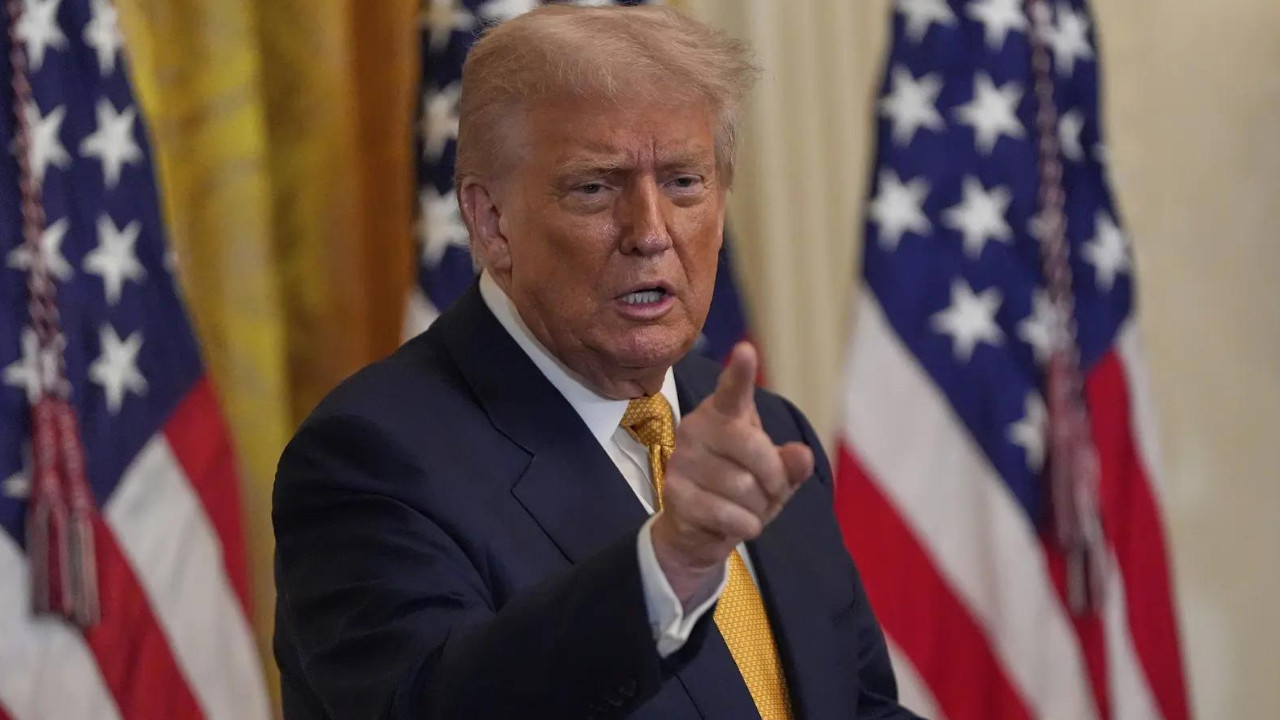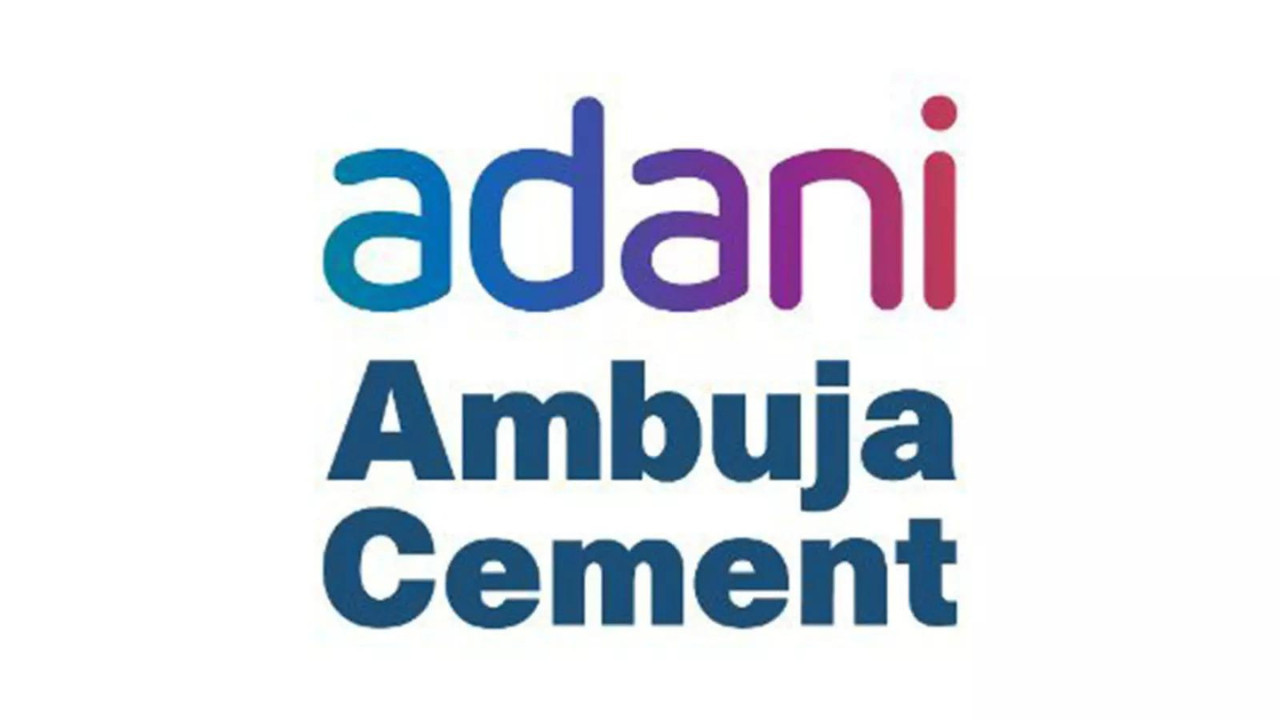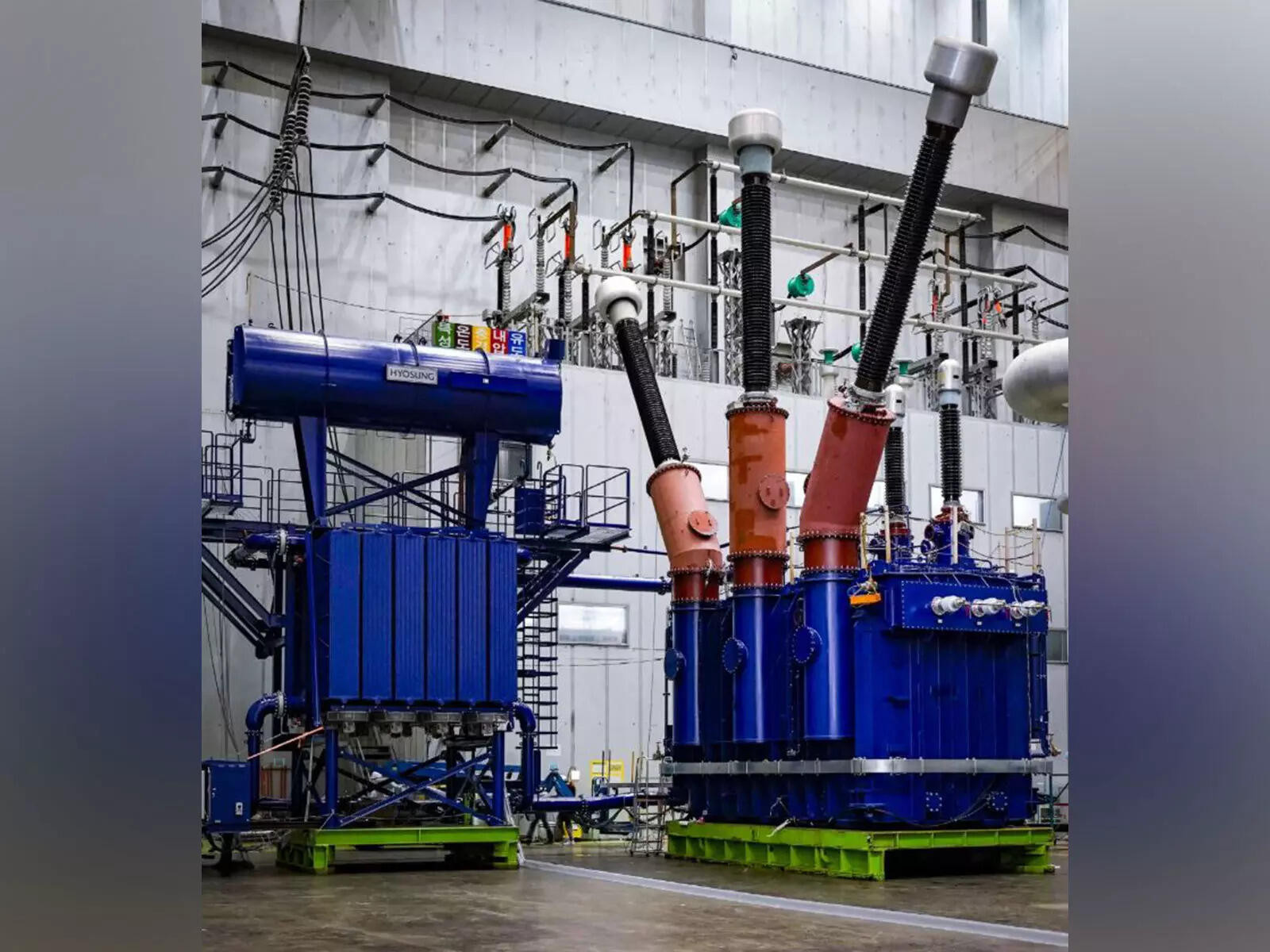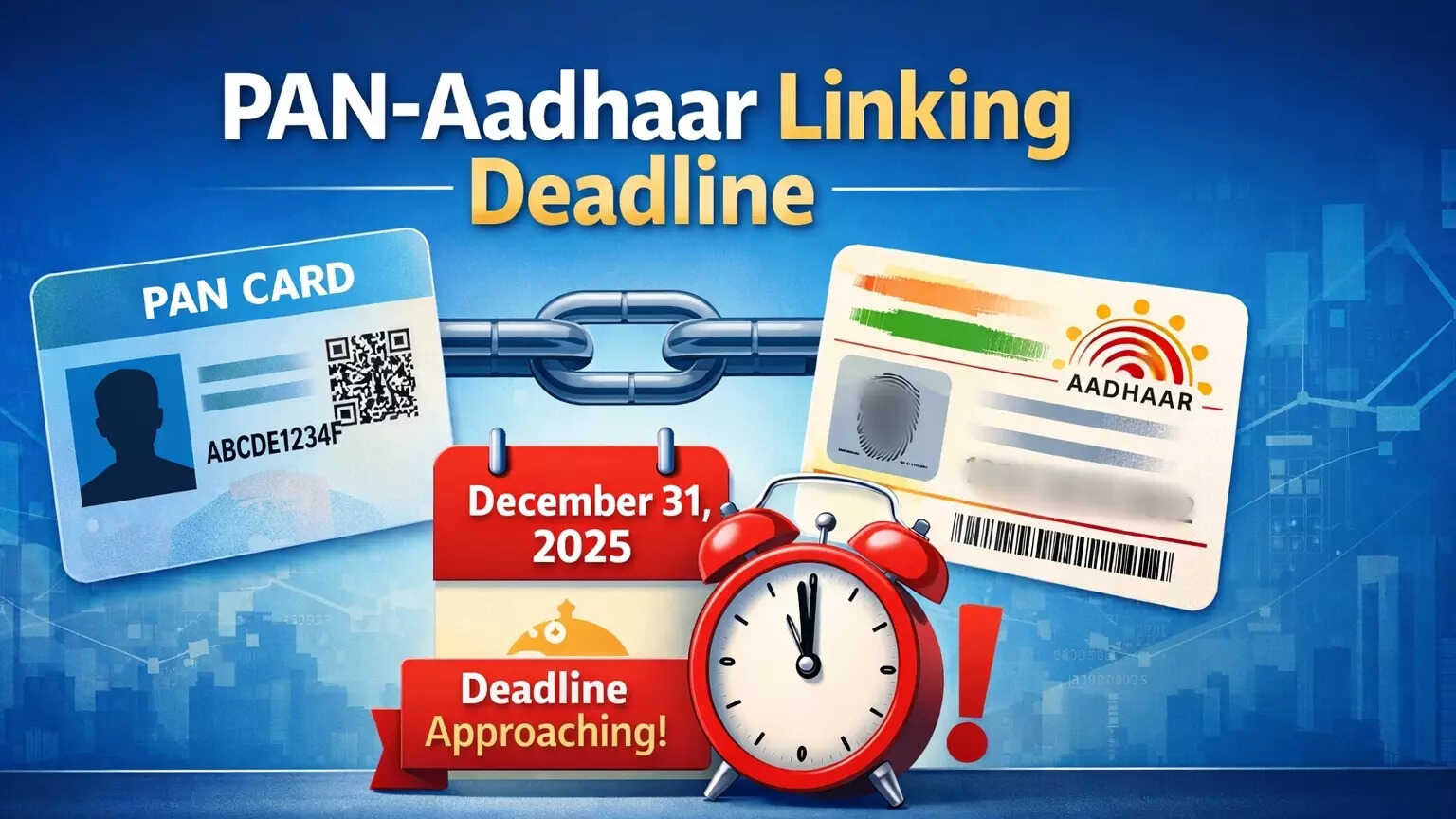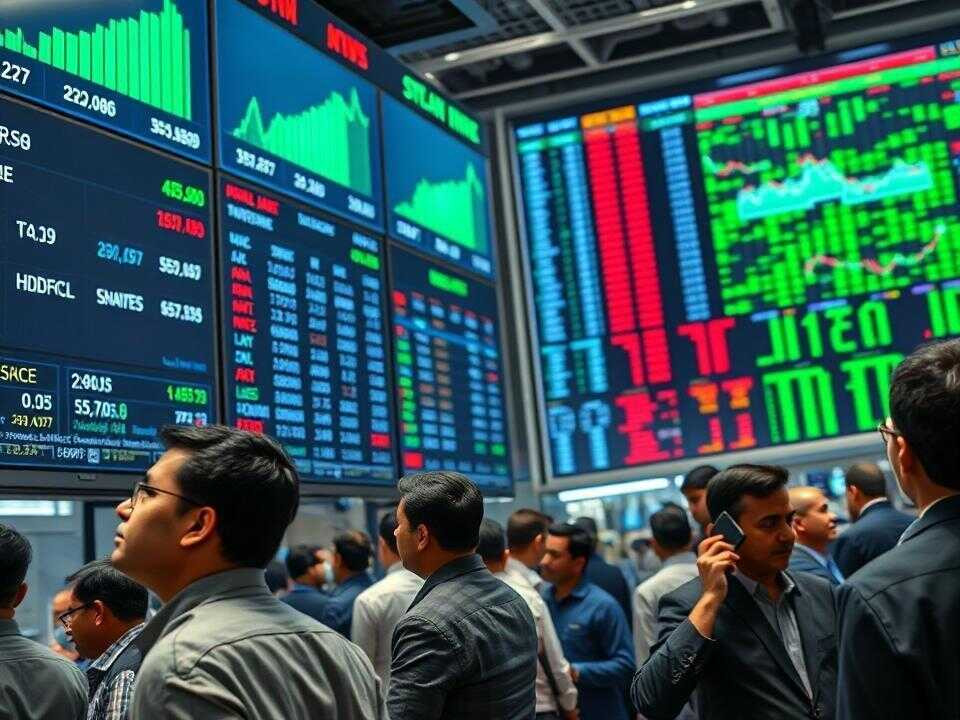Trade experts criticize Donald Trump’s tariff threats to India. Professor Joshi calls them ‘arm-twisting’ tactics. He warns against opening Indian dairy and agriculture sectors to the US. Joshi praises the India-UK Free Trade Agreement as a balanced model. The India-UK deal reduces duties on products. This agreement sets a benchmark for global trade.
Navigating the Trade Winds: What India’s Deal with the US Really Means
The air crackled with anticipation. For months, whispers of trade negotiations between India and the United States echoed through the corridors of power. Now, the ink is dry, the signatures are on the documents, and the question on everyone’s mind is: what does this deal really mean for India?
Forget the dry pronouncements and official jargon. Let’s unpack this agreement, strip away the diplomatic gloss, and get down to the nitty-gritty. It’s a complex landscape, fraught with potential pitfalls and brimming with exciting opportunities.

Decoding the Trump Card: Tariffs and Trade Tactics
The shadow of Donald Trump’s tariff threats loomed large over these negotiations. Let’s be frank, this wasn’t simply a friendly chat over chai. It was, in many ways, a strategic dance. Trump’s “America First” policy had a direct impact on trade relations worldwide, and India felt the heat. While some might view these actions as heavy-handed, it’s crucial to understand them as a bargaining tactic. The US wielded the threat of tariffs as leverage, pushing for concessions that would benefit American businesses.
The pressure was on, and India had to navigate this carefully. How do you stand your ground while also fostering a crucial economic partnership? It’s a tightrope walk that requires deft diplomacy and a clear understanding of your own strengths.
The UK Pact: A Blueprint for the Future?
While the US deal grabs headlines, let’s not overlook the significance of India’s trade agreement with the United Kingdom. According to the Indian Institute of Foreign Trade (IIFT), this pact could be a harbinger of things to come, setting the stage for future trade agreements with other global powers. It demonstrates India’s commitment to forging strong trade relationships and its willingness to embrace a more open and interconnected global economy.
Think of it as a proof of concept. The UK agreement shows that India can successfully negotiate complex trade deals, addressing key issues and establishing frameworks that benefit both parties. This experience will be invaluable as India continues to expand its global footprint. You might also find our recent discussion on [India’s evolving role in global manufacturing](internal-link-to-related-article) insightful in understanding the broader context.
Opportunities and Challenges in the India-US Trade Landscape
This new trade accord opens doors for Indian businesses, particularly in sectors like pharmaceuticals, textiles, and agriculture. Increased access to the vast American market presents a significant opportunity for growth and expansion. However, it’s not all smooth sailing.
Indian companies will need to be prepared to compete on a global scale, meeting stringent quality standards and adapting to the demands of the American consumer. There will also be challenges in navigating complex regulatory frameworks and overcoming potential trade barriers. The India-US trade deal requires Indian businesses to up their game, investing in innovation, efficiency, and quality control.
The deal also presents an opportunity for the US to diversify its supply chains and access a dynamic and growing market. It’s a win-win situation, but only if both sides are willing to work together to address challenges and ensure a level playing field.
The Road Ahead
Ultimately, the success of the India-US trade deal hinges on effective implementation and a commitment to fostering a strong and sustainable partnership. It’s not just about the numbers on a spreadsheet; it’s about building trust, understanding each other’s perspectives, and working together to create mutual benefits. The initial signs are promising, but the journey has just begun. As global trade winds continue to shift, India must remain agile, adaptable, and strategic in its approach, seizing opportunities and navigating challenges with confidence and foresight.
